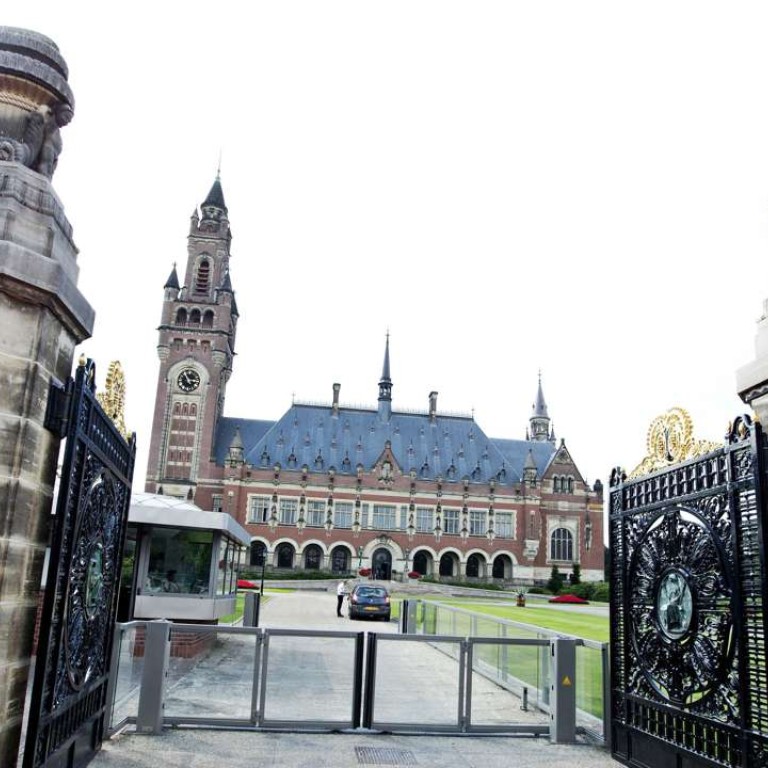
Rocks, reefs and the ruling: the Hague tribunal’s key findings in the South China Sea case
The Permanent Court of Arbitration covered a range of claims brought by the Philippines against China’s claims in the South China Sea. Here are the key rulings.
The “nine-dash line” rejected
The court said Beijing had no legal basis to claim historic rights to resources within the line. It said such rights must not exceed what’s permitted by the UN Convention on the Law of the Sea (Unclos).
There was no evidence China had historically controlled the waters or its resources exclusively. Although the court maintained it had jurisdiction to consider historic rights and maritime entitlements, it said the matters submitted did not concern sovereignty.
Massive blow: South China Sea ruling takes direct aim at Beijing’s sweeping claims
No islands in the Spratlys
All features that remain above water at high tide in the Spratlys were given the legal status of “rocks”, including Taiping, which is administered by Taiwan. In their natural condition, none could sustain either a stable community of people or economic activity and all were dependent on outside resources.
Under Unclos, rocks do not generate extended maritime zones, nor do they generate such zones collectively as a unit.
As result, none of the islands enjoys an exclusive economic zone (EEZ), and the surrounding countries – the Philippines, Malaysia, Brunei and Vietnam – could each draw EEZ lines from their own major islands’ baseline or coasts and claim the respective rights. But China did not have an EEZ in this region, the court found.
Multimedia special: 70 years of construction, conflict and combat on the South China Sea
Construction of artificial islands violated EEZ
The court found these artificial islands violated the Philippines’ sovereign rights in its EEZ. Mischief Reef, the largest landmass in the area at more than 5.5 sq km, was deemed a low-tide elevation and part of the Philippines’ EEZ.
China had built installations and artificial islands at Mischief Reef without the authorisation of Manila.
The tribunal also said that China’s land reclamation and construction activities had aggravated the dispute, and destroyed evidence of the natural condition of the features that formed part of the case.
China had interfered in Scarborough Shoal
Without making a judgment about ownership of the shoal, which has been under Chinese control since May 2012, the court said the shoal did not confer an EEZ, and China had unlawfully obstructed Philippine fishermen from accessing the shoal, which violated the traditional fishing rights of the Philippines.
The tribunal ruled Chinese law enforcement vessels created a serious collision risk when they tried to stop Philippine ships from approaching the shoal.
But the court found it had no jurisdiction over the military stand-off around a Philippine warship grounded at the Second Thomas Shoal.
Ruling heightens risk of military confrontation, mainland Chinese analysts say
Reclamation had harmed the environment
The tribunal ruled that all seven sites had caused severe harm to coral reefs and the habitat of depleted, threatened or endangered species. Chinese authorities were aware Chinese fishermen were harvesting endangered sea turtles, coral and giant clams in a way that damaged the environment. Beijing has failed in its duty to protect and the marine environment.
Chinese-run reefs and Vietnam-controlled islands
It avoided directly involving Vietnam in the case by deeming two reefs – Gaven and McKennan (Hughes), which China controls – as high-tide features. As a result, they should not be used to determine the territorial baselines of nearby Namyit and Sin Cowe, which are controlled by Vietnam.

